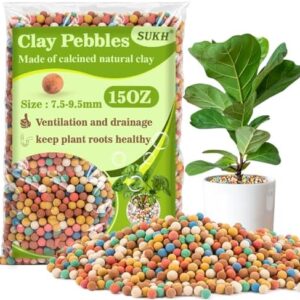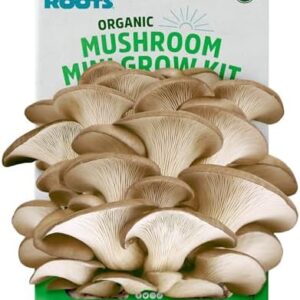So, you’ve got your garden all set up and ready to bloom. You’ve got your plants, your tools, and your enthusiasm to see those beautiful flowers and veggies grow. All that’s left to do now is to give them a little boost with some fertilizer. But before you go ahead and start sprinkling that stuff all over your garden, let’s talk about some common mistakes that many gardeners make when it comes to fertilizing.
First off, let’s talk about timing. One of the biggest mistakes people make is fertilizing at the wrong time. You see, plants have specific growth cycles, and applying fertilizer at the wrong time can actually do more harm than good. For example, fertilizing too early in the season when the plants are still dormant can cause them to grow too quickly, resulting in weak and leggy plants. On the other hand, fertilizing too late in the season can also be harmful because the plants won’t have enough time to absorb the nutrients before the growing season ends. So, make sure to follow the guidelines on the fertilizer package or consult with a gardening expert to determine the best time to fertilize your garden.
Next up is over-fertilizing. It’s a common misconception that more fertilizer means better results, but that’s not always the case. In fact, over-fertilizing can lead to nutrient imbalances in the soil, which can harm your plants in the long run. Too much nitrogen, for example, can cause excessive leaf growth at the expense of flowers and fruits. It can also leach into the groundwater, polluting the environment. So, stick to the recommended dosage on the fertilizer package and resist the temptation to give your plants more than they need.
Another mistake that many gardeners make is using the wrong type of fertilizer. There are so many different types of fertilizers on the market, each designed for specific purposes. For example, there are fertilizers made specifically for vegetables, flowers, trees, and shrubs, each with their own nutrient ratios. Using the wrong type of fertilizer can result in nutrient deficiencies or toxicities, so make sure to choose the right one for your garden’s needs.
Let’s talk about application methods now. A common mistake that people make is applying fertilizer too close to the plants’ roots. Fertilizer contains salts that can burn the delicate roots if applied too closely, so make sure to spread it evenly around the plants, keeping a safe distance from the roots. You can also mix the fertilizer with water to create a liquid solution that can be easily absorbed by the plants’ roots.
Another common mistake is not watering the plants after applying fertilizer. Fertilizer needs to be dissolved in order to be absorbed by the plants, so make sure to water your garden after fertilizing to help the nutrients penetrate the soil. This will also prevent the fertilizer from sitting on the surface and potentially burning the plants.
One last mistake to avoid is neglecting your soil’s pH levels. Different plants thrive in different soil pH levels, so it’s important to test your soil and adjust its pH if necessary. Most plants prefer a slightly acidic soil, so if your soil is too alkaline or too acidic, it can affect the plants’ ability to absorb nutrients from the fertilizer. You can use a soil testing kit to determine your soil’s pH levels and add amendments like lime or sulfur to adjust it accordingly.
In conclusion, fertilizing your garden is a great way to boost plant growth and yield, but it’s important to do it right in order to avoid common mistakes. Remember to fertilize at the right time, use the correct type of fertilizer, apply it evenly and at a safe distance from the roots, water your plants afterwards, and test and adjust your soil’s pH levels if necessary. By avoiding these common mistakes, you’ll be on your way to a healthy and thriving garden in no time. Happy gardening!






